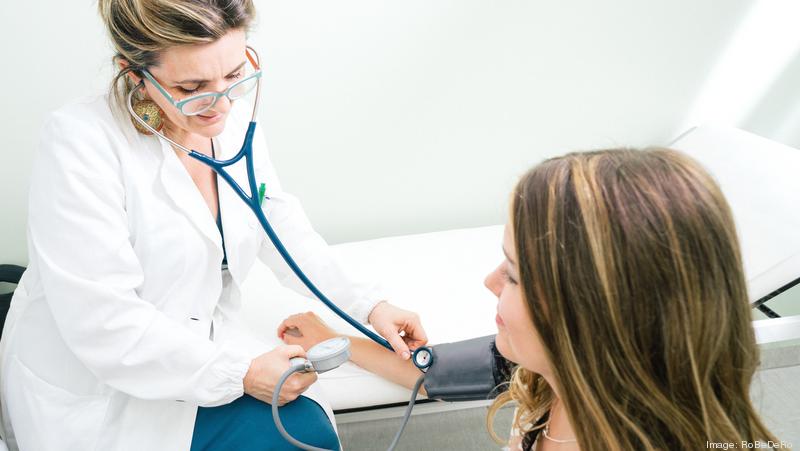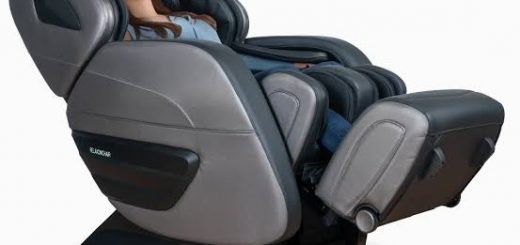How to Deal With PAD Disease?
With people confined to their homes, the pandemic has negatively affected their healthy lifestyle. Physical inactivity has decreased life expectancy and resulted in various health problems in many.
Peripheral artery disease (PAD) is one of the common medical issues affecting a large part of the population at an alarming rate.

What is a PAD Disease?
Peripheral artery disease (PAD) affects the legs and the lower extremities of the body. It is caused due to the narrowing of the blood vessels outside your heart and brain. This condition leads to the accumulation of fatty deposits in the arteries. Since it affects both the arteries and the veins, it is known as peripheral vascular disease.
When the blood flow to the arms and legs is restricted, the condition increases the risk of death from a heart attack or stroke.
PAD affects millions of people from both the low- and high-income groups. Senior citizens are found to be at a higher risk of contracting this disease.
Treatment Methods for PAD
According to the latest statistics, around 8.5 million people in the US have been affected by PAD.
Luckily, with technological advances in the medical sector, doctors have found newer assessment and treatment strategies to deal with PAD disease.
Here are a few ways in which you can deal with this cardiovascular disease.
Choosing the Right Medication
Taking the proper medication from an experienced doctor will help you control the pain and manage the underlying condition.
Doctors might prescribe medicines for:
- Pain killers
- Controlling the blood pressure
- Lowering the cholesterol levels
- Blood-thinning
- Reduce blood clots
- Manage blood sugar level
Opt for Surgical Treatment if Needed
PAD, if undetected in the early stages, can be life-threatening. While medication and tablets can cure most patients, some cases may need surgery as a mode of treatment.
PAD patients can be operated on in different ways, which include angioplasty or bypass. Angioplasty or stent placement uses a technique to remove a small blood clot in the arteries or the vein. Bypass surgery is recommended for patients with a larger blockage in the blood vessels.
Supervised Physiotherapy Programs
Following an exercise schedule by a physiotherapist will do wonders for your body in PAD. Keeping your body fit with the right kind of exercise can reduce the intensity of symptoms.
It is advisable to follow a regular physical training program to lower cholesterol levels. Simple walking and treadmill exercises can ease the pain to a great extent. Your rehabilitation specialist can guide you with a mixed set of activities for a home-based program.
Changes in Lifestyle and Home Remedies
Bringing the right kind of lifestyle changes can help in curbing the further progression of the disease. It can sometimes help in reversing the symptoms and avoid the need for surgery.
Quit Smoking and Alcohol
Smokers and alcoholics are at a higher risk of contracting PAD. If you have already been diagnosed with the disease, quitting smoking and drinking is essential. It can bring a positive effect to your body.
Talk to your doctor for the right guidance to quit these bad habits. You can choose from various options like nicotine patches and gums to quit smoking at the earliest.
Follow a Healthy Diet
One way to deal with PAD disease is to follow a balanced diet routine.
You can start a low-cholesterol diet to cut down the symptoms. Some foods that are low in cholesterol include oats, whole grains, pulses, beans, nuts, olive and rice bran oils, dry fruits, flax seeds.
Avoiding fried stuff and junk foods that include cheese, butter, and other fatty items can help lower bad cholesterol content in the body.
Managing Diabetes
If you have diabetics, PAD may cause more damage to your body. It is advisable to address this condition to reduce PAD symptoms.
Controlling glucose levels in the blood can reduce limb-related complications in PAD patients. Proper foot care methods can prevent foot gangrene and ulcers in the feet.
Avoid Over-the-counter Medicines
People take medicines for pain relief from local chemists and medical shops. Such over-the-counter tablets can give you temporary relief but cause other side effects on your body. You may experience problems like headaches, diarrhea, and vomiting.
You should only take medicines with a proper doctor’s prescription.
Final Note
While many medical issues can be treated with modern techniques, maintaining a hygienic way of life is the key to good physical health. Following a healthy and active lifestyle is the best way to prevent cardiovascular problems like PAD disease.



